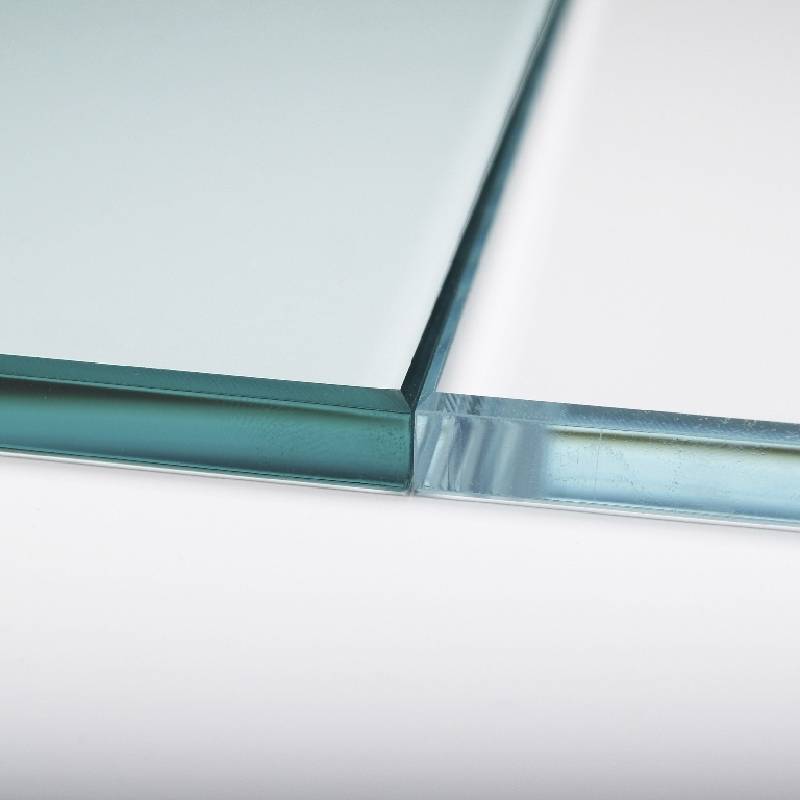

The Allure of Dark Gray Reflective Glass
In the realm of modern architecture and interior design, materials play a pivotal role in shaping aesthetics and functionality. Among these, dark gray reflective glass has emerged as a favored choice, celebrated for its unique blend of elegance, versatility, and practical benefits. This article delves into the characteristics and applications of dark gray reflective glass, illuminating why it captivates architects and designers alike.
Dark gray reflective glass, often seen in urban skyscrapers and contemporary homes, offers a sophisticated aesthetic that complements various design styles. Its deep hue brings a sense of depth and richness to any structure, creating a striking visual impact. The reflective quality enhances this effect, allowing buildings to shimmer and morph in accordance with their surroundings. As light interacts with the glass, it can create mesmerizing reflections of the sky, trees, and neighboring structures, fostering a dynamic engagement between the building and its environment.
Beyond its aesthetic appeal, dark gray reflective glass also serves practical purposes. One of its primary advantages is energy efficiency. By reflecting a significant amount of solar radiation, this type of glass reduces heat absorption, helping to stabilize indoor temperatures. This quality not only minimizes the need for artificial cooling systems but also contributes to lower energy costs, making it an eco-friendly choice for sustainable architecture. In regions with intense sunlight, buildings featuring dark gray reflective glass can maintain comfortable interiors while reducing their carbon footprint.

Moreover, the glass provides enhanced privacy without sacrificing natural light. The reflective surface acts as a barrier to prying eyes during the day, allowing occupants to enjoy their space without the constant worry of outside observation. This aspect is particularly valued in urban settings, where buildings are closely situated, and privacy can be a scarce commodity.
The durability of dark gray reflective glass is another significant advantage. It is typically manufactured to withstand harsh weather conditions, including strong winds, UV exposure, and temperature fluctuations. As a result, buildings designed with this material can enjoy longevity while retaining their aesthetic appeal. The glass is also relatively easy to maintain, requiring minimal cleaning to keep its reflective surface looking pristine.
In terms of design versatility, dark gray reflective glass can be utilized in a variety of applications. From expansive windows and curtain walls to stylish glass balustrades and artistic installations, the possibilities are nearly endless. Whether incorporated in commercial buildings, residential properties, or public spaces, this material can elevate the overall architecture while serving essential functional roles.
In conclusion, dark gray reflective glass stands out for its stunning visual qualities, energy efficiency, privacy features, and durability. As architects continue to innovate and push the boundaries of design, this material is likely to remain a favored choice for creating modern, sustainable, and visually captivating structures. Its ability to harmonize with its environment while enhancing both form and function solidifies its position as a key player in contemporary architecture.